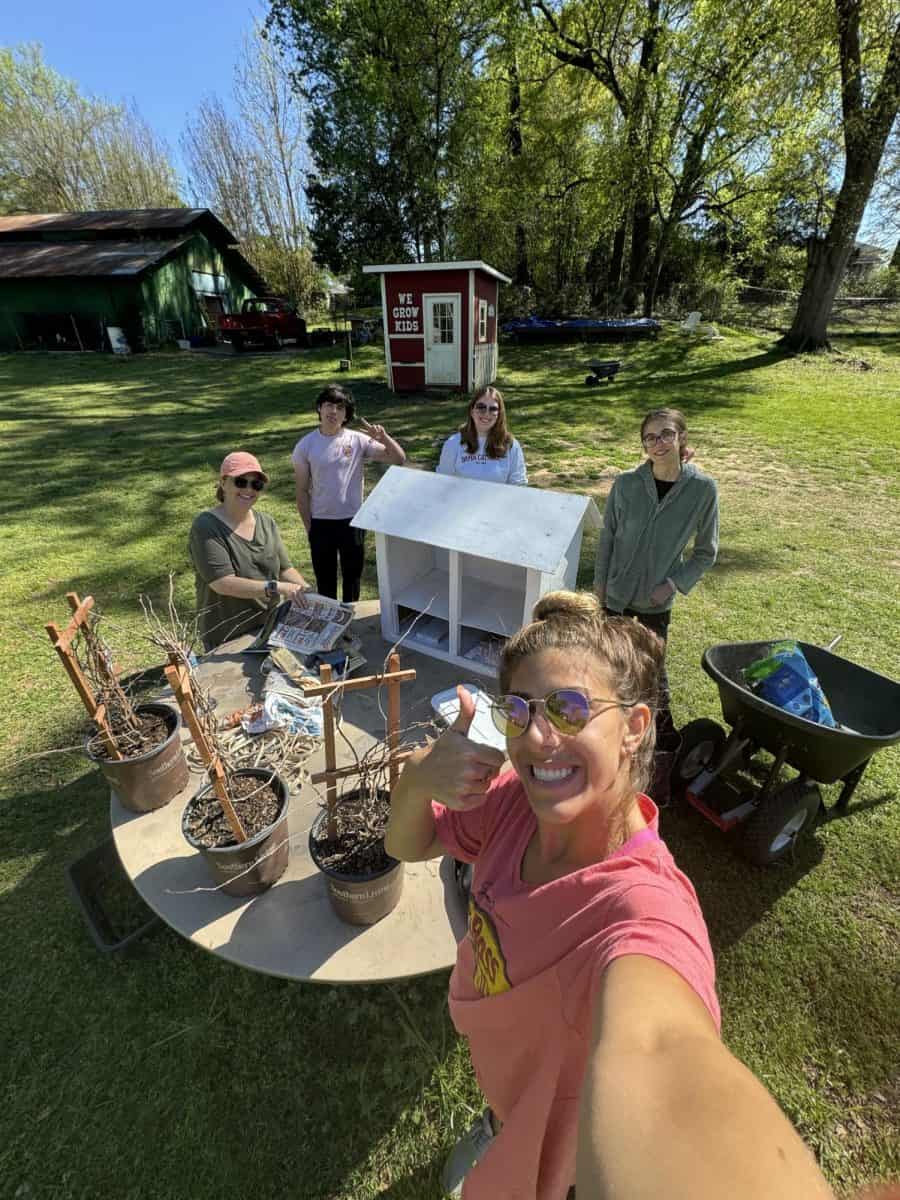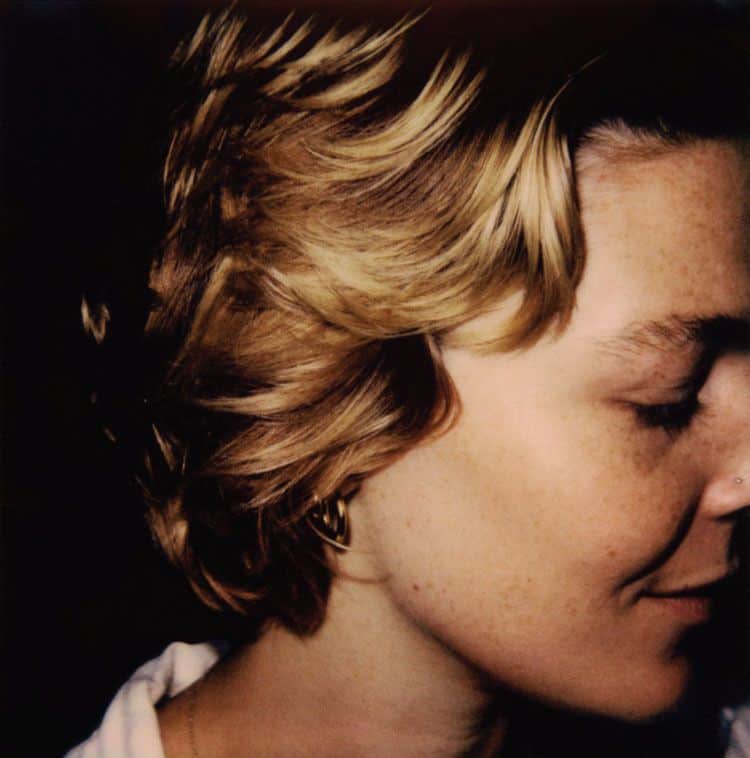University of Alabama students hitting up the new Starbucks in the Ferguson Center for a caffeine kick to get through midterms may want to think twice before taking a sip of java. Researchers at Harvard Medical School and other health research institutions recently published a study showing a connection between coffee consumption and vision loss.
The study, published in “Investigative Ophthalmology and Visual Science,” revealed that adults who drink three or more cups of caffeinated coffee a day are 34 percent more likely to develop primary open-angle glaucoma.
The chronic disease affects one percent of the population and occurs when the eye swells, which deteriorates optic nerve cells. As more optic nerve cells die, blind spots begin to form. Often those with the condition don’t even realize they’re losing their eye sight since there are no symptoms tied to it.
The study also found that other caffeinated drinks like soda and tea had no link to POAG. The good news for coffee addicts is that only participants with a family history of glaucoma and over the age of 40 later experienced the vision loss from drinking multiple cups of joe daily.
The author of the study, Jae Hee Kang, ScD, of Channing Division Network of Medicine at Brigham and Women’s Hospital in Boston, Mass., spoke with “Science Daily” about the impact the study may have on future dietary studies.
“Because this is the first study to evaluate the association between caffeinated coffee and exfoliation glaucoma in a U.S. population, confirmation of these results in other populations would be needed to lend more credence to the possibility that caffeinated coffee might be a modifiable risk factor for glaucoma,” Kang told Science Daily. “It may also lead to research into other dietary or lifestyle factors as risk factors.”
Although the Harvard study makes drinking coffee seem like an everlasting veil of darkness for the eyes, there are many perks the energizing drink has to offer. Research has found coffee drinkers have a 50 percent less chance of developing liver cancer and a lower possibility of colon, breast and rectal cancer than those who don’t. Avid coffee drinkers are also less likely to get diabetes.
Not everyone who consumes large quantities of coffee daily will develop POAG. Those at risk of acquiring the chronic disease are people 40 and older; those with relatives who have the condition; people with high intraocular pressure; and those with diabetes. The disease is also more prominent in some ethnicities such as Africans, Asians and Latinos.
The Glaucoma Foundation recommends everyone under 40 years of age should have an eye exam every three to four years. Those over 40 should be tested at least every one and half years, while people 40 and older with one of the risk factors should get tested annually.
Remember: Moderation is key in everything, whether genetically jinxed with a family history of glaucoma or not. So fellow coffee lovers, don’t feel like you have to put down that cup of joe just yet.






